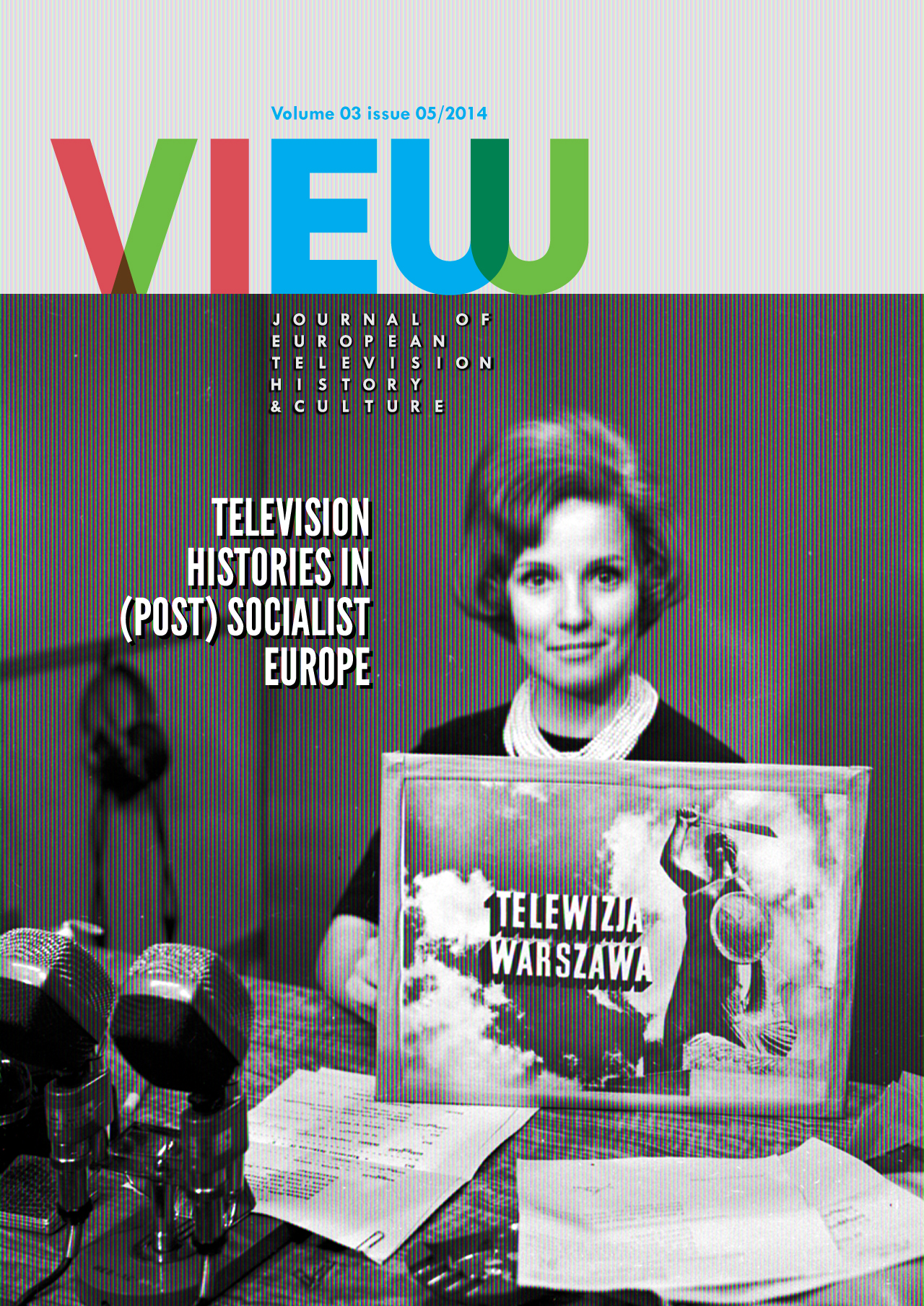The Eichmann Trial on East German Television: On (Not) Reporting About a Transnational Media Event
DOI:
https://doi.org/10.18146/2213-0969.2014.jethc052Keywords:
Transnational, Media event, Cold War, West/East GermanyAbstract
This paper discusses the Eichmann trial (1961) as a transnational media event. It describes on the one hand the co-operation of different institutions that facilitated the trial’s filming as well as the worldwide distribution of the footage. On the other hand it draws on East and West German television programs to show how the GDR used the Eichmann trial to campaign against the FRG. Examples from the East German Der schwarze Kanal and the West German Die rote Optik illustrate the reciprocal monitoring and commenting of the other side’s television program. The case of the Eichmann trial points at a significant role of broadcast media during the Cold War. Television advocated the respective political system with particular programs denigrating the other side which sometimes resulted in strong reactions.
Published
Issue
Section
License
Copyright (c) 2014 The Author(s)

This work is licensed under a Creative Commons Attribution-ShareAlike 4.0 International License.
Authors who publish with this journal agree to the following terms:- Authors retain copyright and grant the journal right of first publication with the work simultaneously licensed under a Creative Commons Attribution License (CC BY-SA 4.0) that allows others to share the work with an acknowledgement of the work's authorship and initial publication in this journal.
- Authors are able to enter into separate, additional contractual arrangements for the non-exclusive distribution of the journal's published version of the work (e.g., post it to an institutional repository or publish it in a book), with an acknowledgement of its initial publication in this journal.
- Authors are permitted and encouraged to post their work online (e.g., in institutional repositories or on their website) prior to and during the submission process, as it can lead to productive exchanges, as well as earlier and greater citation of published work (See The Effect of Open Access).

